#Cetaceans
Explore tagged Tumblr posts
Text
I think it's sad that most people always think of bottlenoses as the "classic dolphin" since its the one that's always used for shows, and always think of dolphins as just straight grey when in reality there's so many varieties with so many different amazing patterns

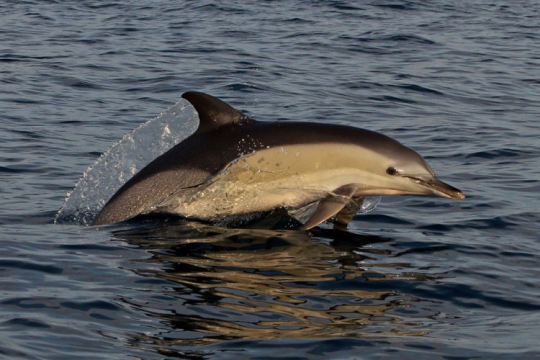
Look at the common dolphin! They have a gorgeous X pattern and even some dull yellow/gold!!
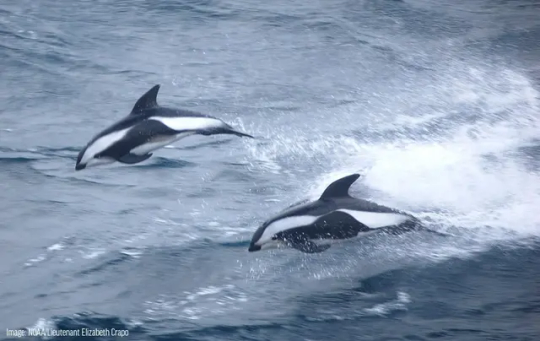
Hourglass dolphins have gorgeous white streaks
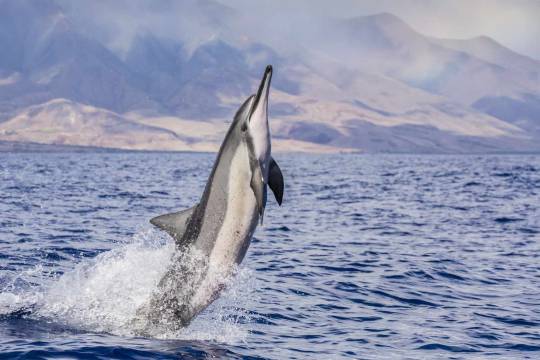

Spinner dolphins have really pretty banding as well, AND they have a really sleek cute silhouette!
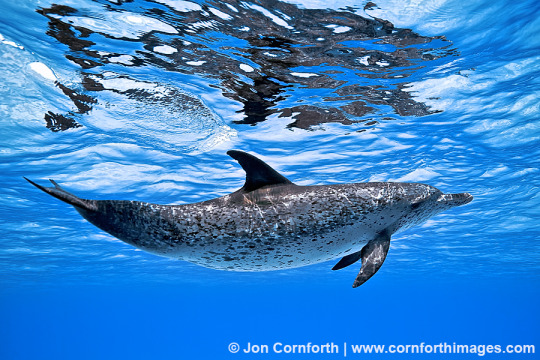
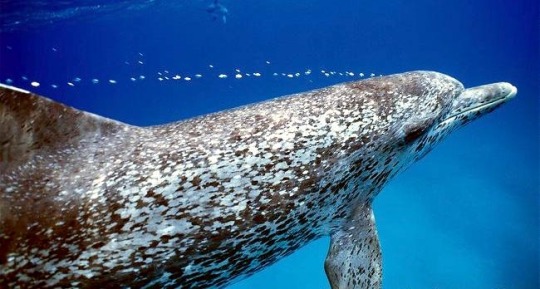
The atlantic spotted dolphin!!! Theyre spotted!!!!!!
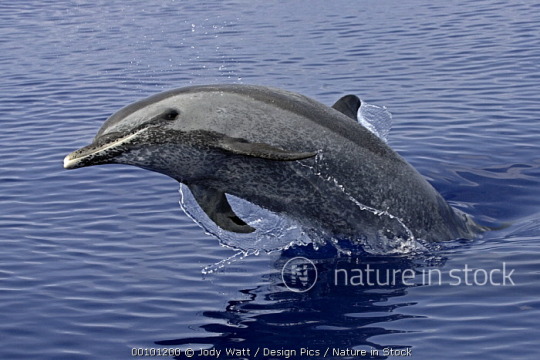
and the pantropical spotted too!!
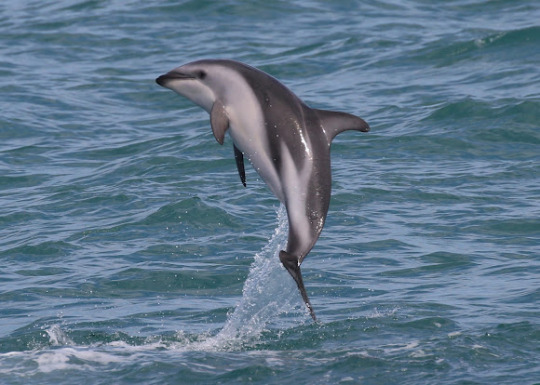
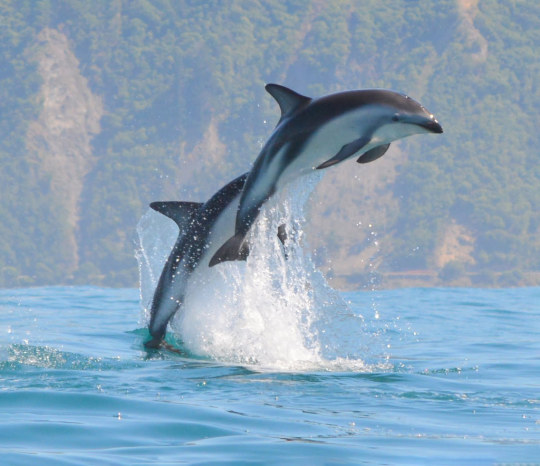
Dusky dolphins have a gorgeous airbrush look going on like straight out of a 2000s fantasy illustration
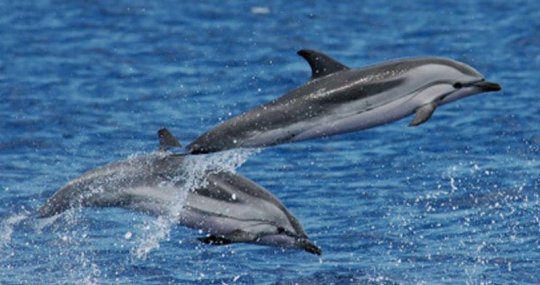
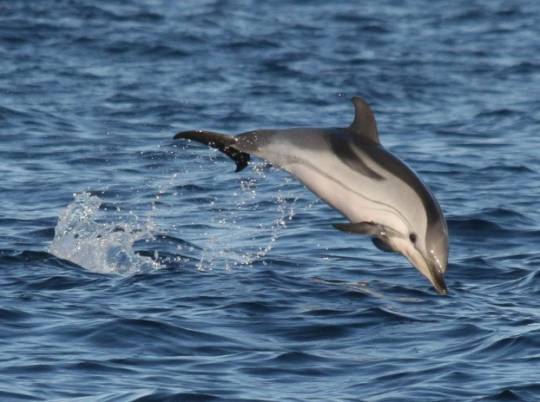
Striped dolphins sure have stripes!! How cool!!
And these I've shown you aren't even all of them at all, there are so many of them:

There's so so so many different types of dolphins people dont know about this isnt even all of them and some are SO gorgeous and underrated because people just dont know they exist so I'm here to fix that
#ocean#dolphins#cetaceans#long post#thunderclap#I WANTED TO MAKE THIS POST FOR A WHILE I FINALLY GOT AROUND TO IT#YOU WILL KNOW ABOUT THE WORLDS DOLPHINS!!!! THANK YOU!!!!!!!!!#Everyone loves dolphins but everyone also always thinks of bottlenoses only#and i love bottlenoses BUT THERES SO MANY MORE!!!!!!!!!!!!!!!!!#best of#wow this took off
21K notes
·
View notes
Text
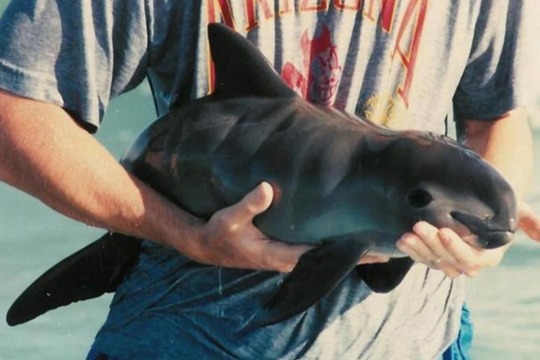
let’s hear it for the world’s smallest whale (the vaquita) you guys!!
33K notes
·
View notes
Text
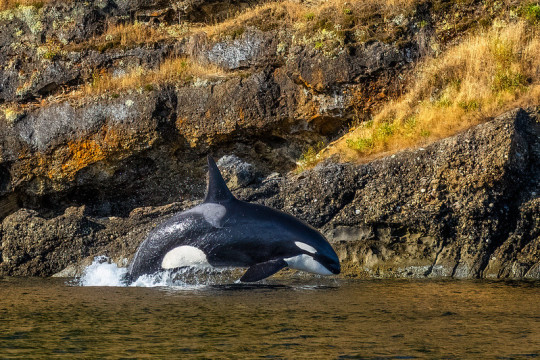
An orca (Orcinus orca) breaches off the coast of the Pacific Northwest, USA
by Guy Schmickle
#orca#killer whale#dolphins#cetaceans#marine mammals#orcinus orca#orcinus#delphinidae#cetacea#artiodactyla#mammalia#chordata#wildlife: usa#wildlife: north america
2K notes
·
View notes
Text
Learning anything about marine mammal training will make you re-evaluate so much of your relationship with your own pets. There is so much force involved in the way we handle domestic animals. Most of it isn’t even intentional, it just stems from impatience. I’m guilty of it myself!
But with the exception of certain veterinary settings where the animal’s health is the immediate priority, why is it so important to us that animals do exactly what we want exactly when we want it? Why do we have to invent all these tools and contraptions to force them to behave?
When a whale swam away from a session, that was that. The trainer just waited for them to decide to come back. If they flat out refused to participate in behaviors, they still got their allotment of fish. Nothing bad happened. Not even when 20-30 people were assembled for a procedure, and the whale chose not to enter the medical pool. No big deal. Their choice and comfort were prioritized over human convenience.
It’s almost shocking to return to domestic animal medicine afterwards and watch owners use shock collars and chokers and whips to control their animals. It’s no wonder that positive reinforcement was pioneered by marine mammal trainers. When you literally can’t force an animal to do what you want, it changes your entire perspective.
I want to see that mindset extended to our domestic animals.
#‘oh I can walk my dog off-leash down a crowded street’ why does that matter?????#the horse world is ESPECIALLY bad about this too#edit: the whips is referring to horses I have not seen anyone whip their dog#pets#horses#animal training#dog training#dolphin training#dolphins#belugas#orcas#killer whales#cetaceans#marine mammals#zoos#aquariums#cooperative care#vet med#vetblr
6K notes
·
View notes
Text

Whale Effigy 🐳 Chumash (California, West Coast), c.1200-1600 Steatite, shell inlay, 7.1 x 9.5 cm Montreal Museum of Fine Arts 1950.51.Ab.9
#animals in art#Chumash art#Native American art#Indigenous art#soapstone#steatite#carving#figure#sculpture#animal effigy#Montreal Museum of Fine Arts#whale#marine mammals#cetaceans#ocean life
1K notes
·
View notes
Text

1K notes
·
View notes
Note
"birds aren't dinosaurs" ❌ wrong, misinformed, way too common
"all vertebrates evolved from fish, and are therefore technically fish" ✅ mischievous, technically true if you look at it from the right angle, demonstrates how cladistics work
"whales are fish but not for the reason you might think" 😈 this is funny to me specifically
Whales technically being fish is the funniest about face evolution has given us
13K notes
·
View notes
Text





Various animal studies! The yotes & sharks are from '24, but the cetaceans are super recent. Mostly Delphinidae, but there's a baiji and a bottlenose whale in there! The singular image at the bottom is a rough-toothed dolphin!
760 notes
·
View notes
Text

It's been dark and rainy down here, so I thought I'd draw a piece to fit the mood. Here's one of my favorite whales, A72 Bend. I saw her on the Orcalab live cams for the first time a few years ago and have been obsessed with her ever since. Tragically, there's not many good full body reference pics of her, but hey, that won't stop me from trying to draw her. 💖
I gotta practice drawing Northern residents more often. Their lanky proportions and tiny eyepatches can be a bit tricky sometimes.
865 notes
·
View notes
Text

Drew a bunch of stupid whales
730 notes
·
View notes
Text
In another edition of cetaceans breaching, I present to you my beloved Hector's/Māui's Dolphin, (Cephalorhyncus hectori). Every photo of these little guys jumping out of the water is equally adorable and chaotic and I love them for that.
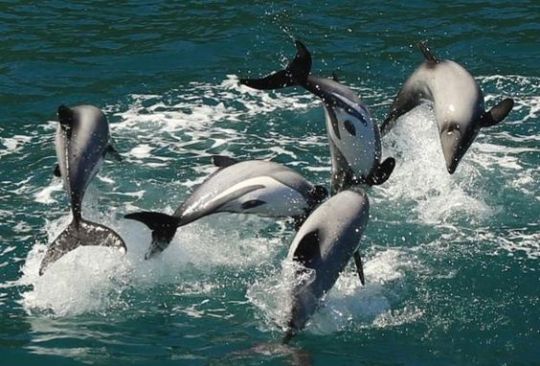
What is even going on here?

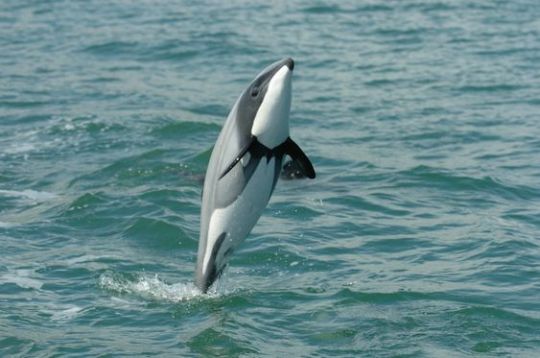
They're leapin'.



#I know that dolphins are getting cancelled for being a menace to everything else in the ocean#but personally I have my doubts about the Hector's and Māui's dolphins#look at them#they can't even jump in a coordinated way#unfortunately they're also very endangered#cetaceans#marine life#marine biology#dolphins#cephalorhyncus#cephalorhyncus my beloved
2K notes
·
View notes
Text

Grampuses by Louis A. Sargent. From Wild Beasts of the World, Vol. Two. Written by Frank Finn, published in 1909.
Internet Archive
2K notes
·
View notes
Text

An orca (Orcinus orca) breaches in Sommarøy, Norway
by Bo Eide
#orca#killer whale#dolphins#cetaceans#marine mammals#orcinus orca#orcinus#delphinidae#ctacea#artiodactyla#mammalia#chordata#wildlife: norway#wildlife: europe
2K notes
·
View notes
Text

[ID: a digital illustration of a sperm whale facing to the right with its mouth open slightly. It is on a dark blue dappled background with stylized swirly waves. End.]
Sperm whale! Historically killed for lamp oil - the whaling industry was huge in the 18th century in my area and resources harvested from sperm whales fueled the Industrial Revolution (alas). They use clicking and buzzing sounds for echolocation, hunting giant squid and fish - noises are typically much softer but can reach up to 230 decibels, which is louder than a jet plane!
422 notes
·
View notes
Text

An early Christmas gift arrived a few days ago. SEATTLE — A young female J pod orca calf recently spotted by the Center for Whale Research (CWR) in Puget Sound has now been confirmed by the organization to be the offspring of Tahlequah, the whale who carried her dead calf for at least 17 days and 1,000 miles in 2018.
The calf, designated as J61, was first seen traveling with the Southern Resident killer whale J pod on Friday.
#killer whale#orcas#orca#killer whales#cetaceans#ocean#cetacean#southern resident killer whales#southern residents#wild orcas#southern resident orcas#salish sea#center for whale research
231 notes
·
View notes
Text
Wet Beast Wednesday: beluga
Welcome back to Wet Beast Wednesday and cine it's been unbearably hot here I'm going north to discuss the magnificent beluga. The whale, not the sturgeon. I know a few of you will be disappointed by that, but I'll get to sturgeons eventually. The beluga is one of the most popular cetaceans and it is threatened. Let's learn why this white whale has more to fear from Captain Ahab than the other way around.

(Image: a beluga whale seen from the side. It is an animal reminiscent of a dolphin that is white all over. It lacks a dorsal fin and its head is bulbous with a short snout. End ID)
Belugas (Delphinapterus leucas) are one of two whales in the family Monodontide, the other being the narwhal (which has its own WBW you can read if you can tolerate by complete inability to write useful image descriptions back then). Belugas are small for whales, reaching 5.5 meters (18 ft) and 1,600 kg (3,530 ft), with males being about 25% larger than females. The name beluga comes from the Russian word for "white" and is fitting because belugas are, uniquely among cetaceans, bright white all over. Belugas have short snouts and enlarged melons, giving their heads a distinctive lumpy shape. The melon is an organ containing fat and wax that helps with echolocation by focusing and amplifying sound produced and received by the whale. Uniquely amongst whales, the beluga can alter the shape of its melon at will. This likely assist echolocation by altering factors such as the direction, frequency, and size of the echolocatory clicks. Another unusual feature of belugas is their lack of a dorsal fin. Instead, they have a short ridge running down the back that serves the same function, which is aiding in turning and keeping the animal from rolling over. Belugas and narwhals are also the only whales with unfused neck vertebrae, meaning they can turn their heads side to side. The lack of dorsal fin and mobile neck helps belugas navigate under sea ice without getting stuck.

(Image: a shot of a beluga's head emerging from the water. Its skin is slightly wrinkled and has a yellowish tint, indicating it will molt soon. End ID)
Belugas are carnivores who hunt fish, squid, and other invertebrates. Belugas are slower than most toothed whales and their teeth are tiny, eliminating the possibility of chasing down prey or ripping apart large prey. Instead, they hunt via suction. By suddenly opening their mouths, belugas create a vacuum that water and food is sucked into. Belugas swallow their food whole. Belugas have also been observed hunting prey on the seafloor by spitting water to blow away sediment covering buried animals. Belugas are social animals that hunt in groups. They will cooperate to herd prey into kill zones or have a few belugas break off of the pod to chase prey toward the rest. While hunting, belugas will dive in search of food. The typical dive reaches around 20 meters (66 ft) for 3-5 minutes, but can dive up to 900 m (2,953 ft) deep and last up to 20 minutes. Often the whales make a sequence of 5-6 shallow dives followed by a deeper one. During dives, the heart rate drops from 100 beats per minute to 12-20 and blood is redirected to the brain, heart, and lungs to conserve oxygen. Furthermore, oxygen can also be stored in the muscle and the red blood cells carry more oxygen then those in land mammals.

(Image: a beluga foraging for food near the seafloor. It is rotates so its belly faces the camera. Its head is down, looking toward the camera. Three other belugas are visible in the background. End ID)
Belugas are social animals who live in pods that typically reach a maximum of 25 members. Unlike some cetaceans, pod membership is not family based or fixed. Members will leave their pods to join others at will. Belugas are highly playful and when they are not hunting, they tend to play with each other. Games observed in the wild include chasing, play-fighting, rubbing against each other, synchronized diving, and playing with and carrying objects. Belugas in captivity show more complex play behavior including blowing bubbles for others to pop, something similar to Simon says, and following and startling human observers. Physical contact seems to be important to belugas as they will rub against each other and make mouth-to-mouth contact as an apparent sign of affection. Belugas both in the wild and captivity are curious and will approach humans. Belugas in aquariums will examine humans through the glass while those in the wild will approach boats and even interact with humans in small vessels. Belugas have also been known to follow bowhead whales, likely because the larger whales are better at punching breathing holes in ice. They have also been observed joining narwhal pods. Belugas are some of the most vocal cetacean species and have a very wide range of vocalizations with 11 distinct types of sounds. Belugas use these noises to communicate and do so frequently. Captive specimens vocalize to each other almost non-stop. Like with some other cetaceans, beluga vocalizations show region-based distinctions that may be akin to regional dialects or different languages. Belugas are sometimes called canary whales due to their high-pitched noises.

(Image: a pod of 6 belugas seen from above. One has exhaled, leaving a trail of bubbles. A single male narwhal has joined this pod and is swimming with them. The narwhal has a similar body shape but is skinnier and a mottle gray and white color. A long, straight, tusk extends from the front of its head. End ID)
youtube
(video: an employee at Mystic Aquarium, Mystic, Connecticut, USA instructing a Beluga to demonstrate a variety of vocalizations. End ID)
Belugas live in Arctic and sub-Arctic marine waters. Different populations of belugas have been identified based on their home region. Belugas migrate seasonally. During summer, they spend their time along coasts and in estuaries. In winter, when the ice sheets expand and cover their summer habitat, belugas move to the open ocean, hunting alongside or underneath the ice. Some populations who live in coastal ares that do not frees do not migrate. Migration patterns are passed from parent to child. During summer, belugas will come together in massive pods that can number hundred to thousands. All the belugas in a given population group will typically travel to the same summer water. Belugas may reduce or eliminate their food intake during migration. While primarily marine, belugas often summer in estuarine bays and will even swim up river. Belugas have been found up to 1,700 km (1,056 mi) upriver. They may chase migrating fish upriver and mothers with calves likely use rivers as a safe place away from predators. Exposure to fresh water also seems to help with the yearly process of shedding their skin and growing a new layer, something that must be done in warmer water. Belugas may rub themselves against gravel at the bottom of rivers to help loosen their shed skin.

(Image: two narwhals with their head sticking out of the water. They are nuzzling their faces together. End ID)
Most belugas mate between February and May, though they have been observed mating at other times of the year. Gestation is estimated to last between 12 and 14 months. Belugas usually give birth in the warmer waters of their summer habitats. It is possible that belugas can delay fertilization, storing sperm internally to fertilize at a later time. This could help females ensure they give birth at the correct time. During mating season, male beluga's testicles double in size. They prefer to mate in the early morning, between 3 and 4 AM local time. Calves are born around 1.5 m (4.9 ft) and 80 kg (180 lbs). Beluga calves are grey and will have lightened to their adult coloration by age 4. Calves are dependent on their mother's milk for their first year, at which point the teeth grow in. After this point, they will begin supplementing their diet with small fish and shrimp. Most calves wean after 20 months, but there have been cases of calves continuing to nurse for over 2 years. Females will not mate again until their current calf has weaned or died. The average reproduction rate is one calf every 3 years. Belugas in captivity have been seen taking care of the calves of other females. There have also been cases observed in captivity of a pregnant female or female who has lost a calf stealing the calf of another female. It is not known if this behavior happens in the wild, but it is seen in other species of mammal. Males reach sexual maturity at ages 7 - 9 and females at ages 4 - 7. Females seem to undergo menopause around age 40. The maximum lifespan of belugas in the wild is unknown, though some estimates put their lifespan at 70-80 years. Genetic testing has revealed the existence of beluga/narwhal hybrids.

(Image: a juvenile beluga born in the Shedd Aquarium, Chicago, Illinois, USA. It resembles an adult, but is smaller and gray. It is sticking its head out of the water by the ends of its tank. An adult beluga, presumably the mother, is doing the same thing in the background. End ID)
Belugas are classified as least concern by the IUCN, meaning they are not at risk of extinction. The species was commercially hunted heavily in the past for blubber, meat, and skin. beluga skin is the only cetacean skin that can be cured into leather and was used to make some of the first bulletproof vests. Fishermen also killed belugas as they considered them to be a threat to the fish population. Once the end of international whaling, beluga numbers have recovered. In modern times, belugas have national and international legal protections, though indigenous communities in Russia, Greenland, Canada, and Alaska have special permissions to hunt them in keeping with historic practices. These hunted belugas are used for food and their bones and teeth are carved. Belugas are considered a good sentinel species, a species that can be used as an indicator of environmental health. Belugas can sequester pollutants in their cells for long periods of time and are susceptible to pollution. As belugas are near the top of the food chain, toxic chemicals can bio-accumulate up the trophic levels to be sequestered in them. This means that deceased or captured belugas can be examined to get an idea of what pollutants are in their habitat. Belugas are also negatively affected by the noise of boats, which can interfere with their echolocation, drive them from their habitats, and causes considerable stress. Climate change also poses a threat to the species as it alters their environment. Natural predators of the beluga include orcas and polar bears.

(Image: a black-and-white photograph of Alaskan Inuit carving of animals on a piece of beluga bone. End ID. Source: Canadian Museum of Natural History)
Belugas were among the first cetaceans to be kept in captivity and are still some of the most popular cetaceans found in aquariums, zoos, and other establishments. They are considered good aquarium animals due to their docile temperaments and charismatic personalities. Belugas can be easily trained to perform tricks and submit to medical examination. Ethical concerns over the treatment of captive cetaceans has been raised and a growing number of locations are banning or regulating cetaceans in captivity. Most captive belugas were captured form the wild. Captive breeding programs have been mostly unsuccessful. Belugas raised in captivity rarely thrive when released into the wild, with individuals who were not fed by humans showing the greatest success when released. One captive beluga was reported to be able to mimic human speech. From the 1970s to the 90s, the US navy studied beluga echolocation and trained belugas to seek out submerged objects while wearing or carrying cameras. During the cold war, the Soviet navy trained belugas to assist in removing naval mines. In 2019, a tame beluga named Hvaldimir was found in Norway wearing a Russian harness for mounting equipment, leading to speculations that Russia is still training belugas for military purposes.

(Image: two people in wetsuits identifying them as employees of Shedd Aquarium. They have a bowl of fish and are instructing a beluga to open its mouth. End ID)
#wet beast wednesday#beluga#beluga whale#whale#toothed whale#whales#cetaceans#cetacean#marine mammals#marine biology#biology#zoology#ecology#animal facts#informative#educational#image described#Youtube
455 notes
·
View notes